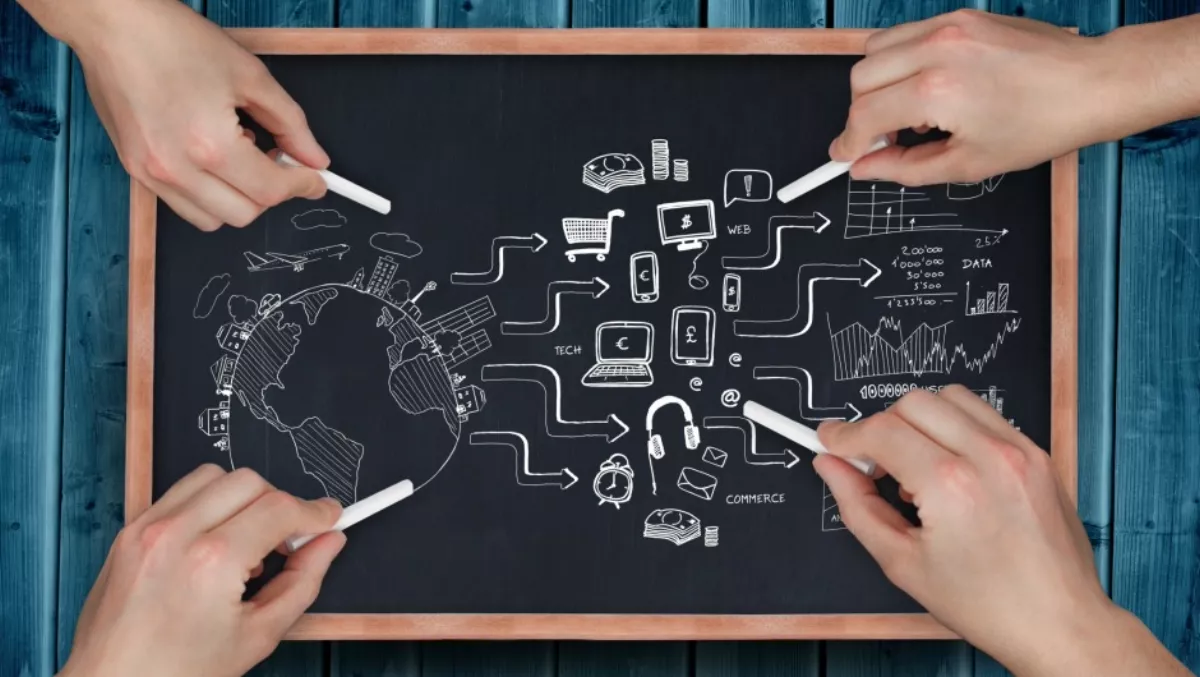
Interactive content and gamification: Key trends shaping education
Interactive content, adaptive learning technologies and gamification in e-learning are key trends that will shape the education space over the next four years and propel growth of education content management solutions, according to the latest global education content management market report by Technavio.
"Educational institutions, especially in the higher education sector, are increasingly purchasing products from proprietary software vendors to boost their digital marketing initiatives and content creation processes," says Jhansi Mary, one of Technavio's lead industry analysts for education technology research.
Interactive content
At present, the use of education CMS is widening, with the emergence of applications such as social learning, gamification, analytical tools, and enriching the end-user experience. Among all other applications, social learning is gaining prominence, Technavio says.
It can be defined as an informal method of learning through blogs, chats, and discussion boards. Such platforms provide avenues for interaction with different participants.
Technavio says institutions are trying to formalise this way of learning by using WCM to gather information from Facebook, Twitter, and other social networking websites. The data captured can then be analysed for the type of information shared by the learners.
While understanding the pattern, companies can update content and include materials that can help students access a better e-learning experience. However, this trend is yet to gain momentum in the education sector, and once it gains popularity, it should drive the global education content management market, Technavio says.
Adaptive learning technologies
These technologies are data-driven and sophisticated online platforms and software that adjust to learner interactions and performance levels. It also anticipates the types of content and resources the learner needs at a specific point in time, according to the analysts.
Adaptive learning technologies are enabled by machine learning technologies and can provide customised exercises when needed. Machine learning technology uses artificial intelligence to learn patterns generated by end-users. This is not a preprogramed execution and helps deliver customised solutions for students, Technavio says.
Many leaders in educational institutions envision that these adaptive learning technologies can enhance offerings of e-learning and will adopt content management systems to efficiently deliver content to students.
Gamification in e-learning
Gamification includes game mechanics and game design techniques in a non-gaming context. I's considered a powerful tool to engage employees, help change employee behaviour, develop skills, and drive innovation.
It enables integration of 3D characters, game mechanics, and gameplay elements into e-learning courseware to make e-learning more interactive and stimulating. Examples include points, leader boards, levels, and achievement badges. Learning is offered in the form of games, with the use of inherent design of games to make learners imbibe a particular skill and achieve specific learning outcomes, according to Technavio.


